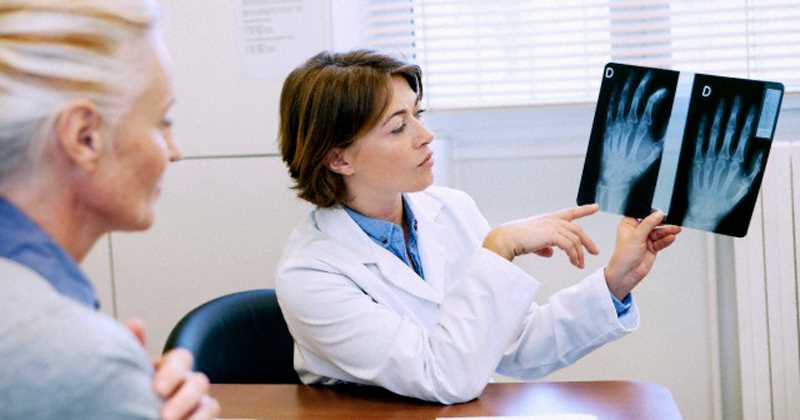ARTHRITIS AND OSTEOARTHRITIS
Arthritis and osteoarthritis are often confused because they have one thing in common: affects the joints and cause pain. But while osteoarthritis is a chronic degenerative disease that affects the joints, arthritis that is inflammatory and chronic, characterized by increased production of joint fluid and can attack because more than one joint.
«Sometimes it may appear at earlier stages of life than osteoarthritis, which is a degenerative disease or wear of the cartilage, and it has its highest peak over 65».
Symptoms and Risk Factors
Both disorders share some risk factors such as being a woman, genetic predisposition, menopause and obesity. In osteoarthritis, the main symptom is joint pain, which intensifies with overload and movement and joint stiffness may occur, while arthritis usually evolves in the form of symptomatic outbreaks, in which the affected joints are inflamed, hurt and present difficulty of movement, as well as some degree of rigidity.
28% of those over 60 suffer from osteoarthritis, due to joint wear, although it can occur in younger people, but arthritis can occur at any age, being more common 20 to 40 years.
«They have palliative medical treatment with good response in more than 80% of cases, only the most serious may need surgery when the damage is advanced and the discomfort does not respond to conservative treatment, even needing joint prostheses.»
Treatments
The main goal of treatment in osteoarthritis is to improve pain and functional disability without causing side effects.
Avoid everything that contributes to injuring joints such as overweight, repetitive movements, inappropriate attitudes at work, footwear, kitchen utensils, furniture, etc.
Secondly, it is advised that each patient has an adapted and personalized exercise regime to be performed under the supervision of physical therapist to improve the course of disease.

Anti-inflammatories and / or analgesics
In the acute phase, pain is greatly increased because of inflammation of the affected area. At this point, the prescription of anti-inflammatory and / or analgesic may be necessary needed to reduce swelling in the area and thus relieve pain.
SYSADOA (Slow Acting Drug for Osteoarthritis) / (Condroprotectores) – Drugs
They are the only specific medications to treat long-term osteoarthritis because they act directly on the affected joint. They do not only relieve pain and improve mobility, but it is being shown that they have the ability to attack the root disease, slowing the deterioration of the joint. Among them we find drugs such as Chondroitin Sulfate, Glucosamine Sulfate and Hyaluronic Acid.
Surgery
If the patient is in a final stage of the disease, specialists recommend prosthetic surgery as a therapeutic option.
COMMON DISEASES IN THE ELDERLY
The elderly constitute a risk group in some diseases that are usually associated to aging, which are what we call chronic diseases.
We consider chronic long-term illnesses those progressing slowly and although anyone can develop a disease like this, regardless of how old you are, they are more common in the elderly.
For this reason, for health care for the elderly it is essential to know and identify them to see a specialist before any sign of onset of these conditions.
Arthritis and osteoarthritis
Arthritis is an inflammation in the joints that often causes joint swelling.
Osteoarthritis is usually a result of severe arthritis condition. Almost all elderly suffer in any of their joints, but is more common in women than in men.
Specifically, osteoarthritis appears articular cartilage degeneration due to age, causing pain on movement and motor difficulties.
Usually the elderly who suffer can lead a normal life and reduce pain following a system based on anti-inflammatories, infiltrations and rehabilitation treatment.
Also, the most extreme cases can be treated by surgically replacing damaged joints with artificial prostheses.


